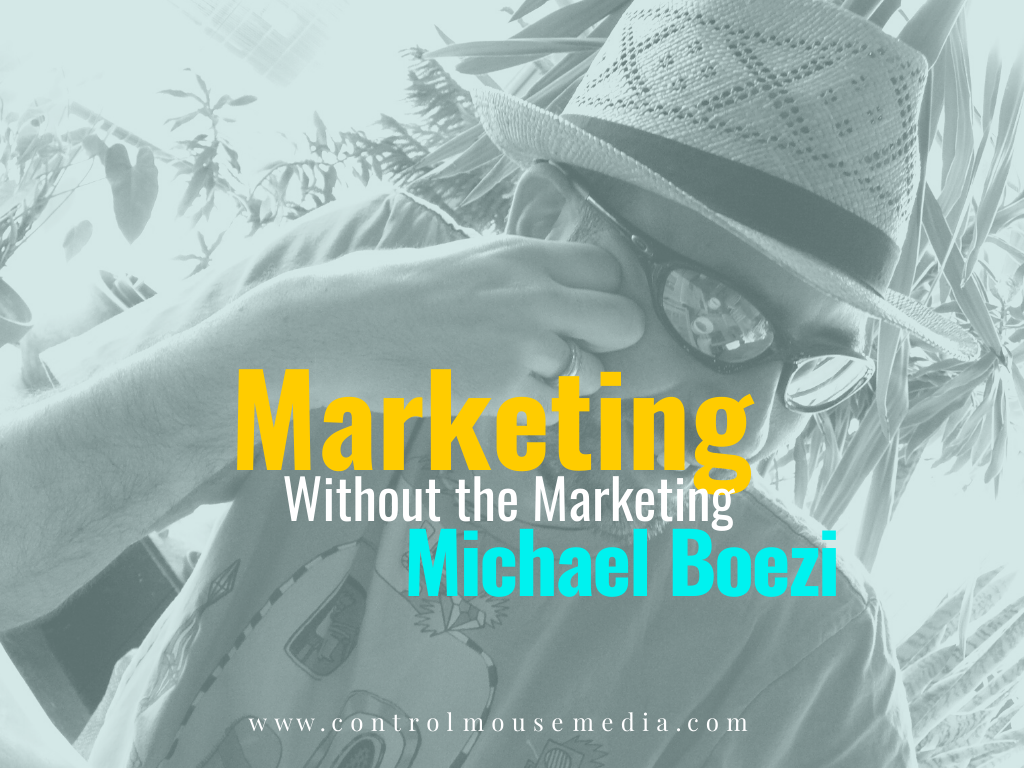In this post, let’s turn our attention to the content you are producing. There are three considerations:
1. First, does it match your brand?
What’s the tone of your brand voice? Is it serious or playful? Instructive or inspirational?
What’s the best format? Written content, audio content, or visual content?
2. Second, What can you commit to?
Consider the frequency of your posts—elaborate pieces take time to produce.
Do you have help or not? Does it have to be you— or can you allocate a dedicated resource?
3. Third, what type of content will connect with your audience?
- Textual content: This is critical in today’s social media environment. Almost every single platform is going to require some written content—even if it’s “just” titles, subtitles, and meta content. If you don’t have a writer who can create really effective social content, it’s probably a good idea to hire someone.
- Visual content: Images. Instagram has had a huge surge over the past year, but Pinterest is still going strong. Don’t pay too much attention to the “known” demographics—you really want to find out for yourself where your customers are. Ello is an up-and-comer, with a clear focus on large, artistic images. You may feel like it’s not a big enough player yet to devote time to it—or maybe it’s the perfect fit for your brand and you can get there before anyone else in your sector.
- Visual content: Video, GIFs. YouTube is still the king of video, though you can see Facebook and Twitter putting a lot more emphasis on videos. Especially “native” videos—those that you upload directly (rather than linking from YouTube). But Snapchat holds a lot of promise for marketers with high engagement levels despite a nascent user base. And it’s fun to see a lot of brands experimenting with live video broadcasts, using new tools such as Periscope and Meerkat.
- Audio content: Podcasts. We’re seeing a huge resurgence of the podcast right now. With good reason—there are a couple of huge benefits to the format. First, it’s one of the most personal formats available to marketers. After all, you or your brand is literally the voice in your customer’s head (via earbuds, that is!). It feels incredibly intimate and personal. What a great way to make a real connection. Secondly, it appeals to an audience that’s busy—you can reach your customers on the go—entertain or inform them while they’re commuting or on the treadmill.
Picking the one that “matches” your brand is really important. Make sure it feels natural. People will notice if you are straining against your own strategy. Remember that it’s going to take time and a consistent flow of valuable content in order to build an audience. If you pick a format that’s difficult for you to produce, you’re almost guaranteed to give up too soon.
But when it comes down to it—listen to your audience. Wherever they are is where you need to be. Keep it simple and give into this. Dragging an audience over to a new platform is extra work that you don’t need. Building an audience is, for some, the most challenging aspect of their business. Don’t put extra roadblocks in the way.
Lastly, expect your strategy to change as you go. The more you learn about your audience, the more you will understand their needs. It may require you to make changes to the social channels you pick—or the type of content you produce. Treat this information as a gift. It gives you and your business a huge competitive advantage, because you can only learn about it first hand.
So, what content works for you and why? What have you learned and how did you respond to it? Please share your experiences below in the comments section, and thank you for reading!

Leave a Reply